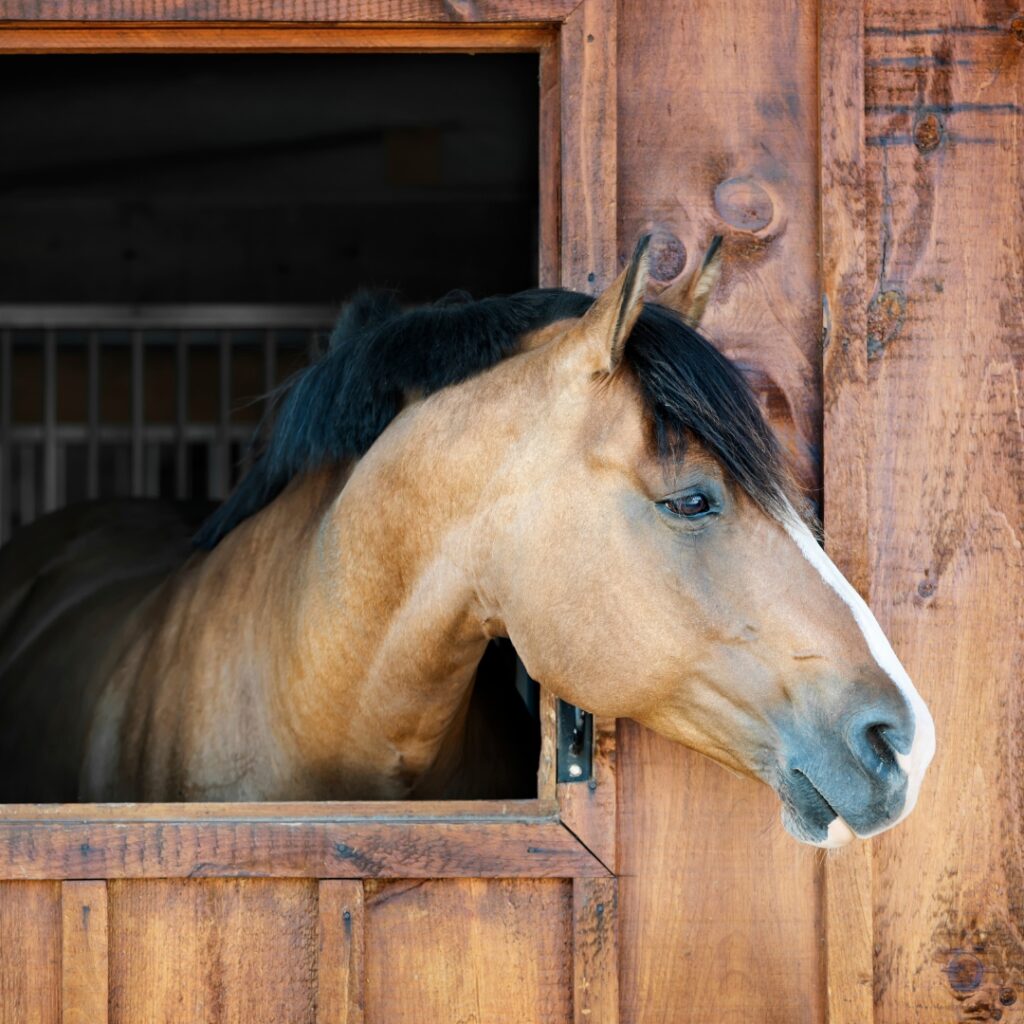
The previous Friday with Finn blog post was all about the mouth! This week, we begin to move through the gastrointestinal tract and discuss the pharynx, the esophagus, and the lower esophageal sphincter.
The Pharynx
The Pharynx (commonly referred to as the throat), is a muscular tube (funnel shaped) that connects the mouth and the esophagus. It is involved in both the respiratory tract and the digestive tract. During swallowing there are a few different muscles that will raise the tongue to press the feed against the hard palate. This pressure will force the feed into the esophagus.

Image retrieved from: https://www.sciencedirect.com/science/article/abs/pii/B9780323910156001424
The Esophagus
The esophagus of the horse is 4-5 ft in length and its purpose is to move food from the mouth to the stomach. This movement of food is achieved through peristalsis. Peristalsis (regular and involuntary muscle contractions) create wave-like movement to push the food contents towards the stomach. This is one of a few different mechanisms that contribute to the horse’s inability to regurgitate food. When food reaches the end of the esophagus, it will enter the stomach and pass through a strong esophageal sphincter muscle.

Image retrieved from: https://www.youngrider.com/understanding-your-horses-digestive-system/
The Esophageal Sphincter
The esophageal sphincter is very strong in the horse. It closes after food is pushed from the esophagus into the stomach to act as a one-way valve. This is another anatomical function that prevents the horse from being able to regurgitate. This image illustrates the one-way pathway for food that the horse ingests. Food in the stomach cannot go back up the esophagus.

Image retrieved from: https://www.horsesandus.com/why-cant-horses-vomit/
Choke
When discussing this region of digestive anatomy, the concern of choke may come to mind. In horses, choke differs from choking in humans. In humans, the term choking refers to obstruction of the windpipe. In horses, choke refers to esophageal obstruction. Therefore, when choke occurs in a horse, the horse is still able to breathe, but cannot eat or drink. This is considered an emergency, and your veterinarian should be contacted immediately. The common symptoms that are indicative of choke in horses is when feed material is coming from the nostrils. Other symptoms can include hypersalivation, coughing or colic symptoms.
The risk of choke can be greater for horses that have dentition issues, for example, senior horses that may not have a complete set of teeth. To decrease your horse’s risk of choke their dentition should be checked regularly, consuming food too quickly should be avoided, especially with pelleted feeds, and an adequate water source should always be available.
This blog post is a shorter one, but a good introduction to when we dive into the stomach in the next blog! The equine stomach has many unique features that are crucial to understand in regard to equine nutrition.
By: Madeline Boast, MSc. Equine Nutrition